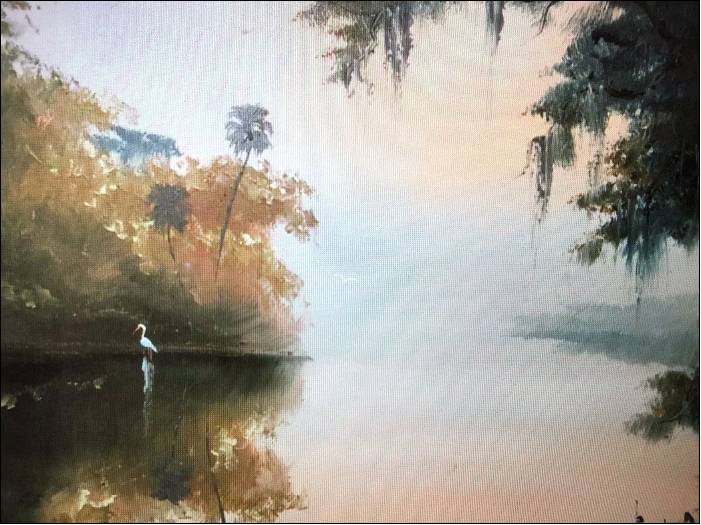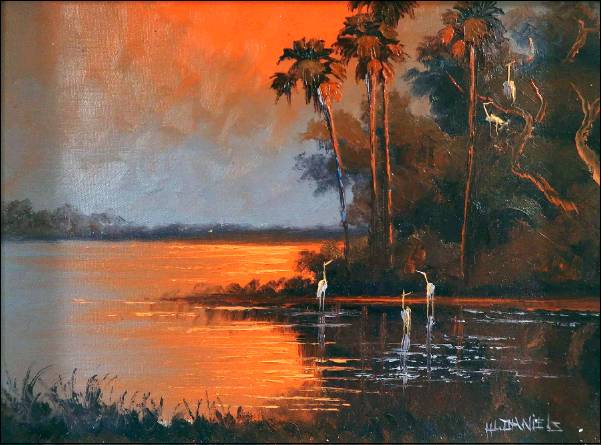Florida Highwaymen Take Spotlight On Ruby Lane
By Charles Snider
For collectors passionate about the works of selftaught artists, Ruby Lane offers works by artists with a wide range of diverse backgrounds, such as the group of self-taught painters known as the “Florida Highwaymen.” The “Florida Highwaymen” were a group of self-taught artists who painted Impressionist-style landscapes of the Florida coast, beaches and waterways from the 1950s through the 1970s. Self-taught art refers to works by artists who create art without formal training or education. Self-taught artists create despite the lack or availability of formal training, and often without access to traditional art instruments and resources. Self-taught artists are traditionally resourceful and inspired by an inner voice, their surroundings, or their times and environment, to create.
For the “Florida Highwaymen,” this group of selftaught artists were mostly employed in Florida’s manual labor industries, and painting their Florida beach, groves and ocean surroundings became an additional source of revenue for the group of painters. Many of the oil paintings are done on Upson board, which is a housing construction material used for interior and exterior wall paneling. Unable to display their artwork in galleries during segregation and Jim Crow laws, the artists would sell their landscape oil paintings from the trunks of their car, from the roadside of famous US Highway 1 and for barter and trade. In the book The Highwaymen: Florida’s African-American Landscape Painters (University Press of Florida, 2001), photographer and author Gary Boyle wrote that to this group of artists, “anonymity was perfectly alright,” as “time was money, and money meant more than sustenance. It was a way to keep score in their invented game of artistic entrepreneurship.”
The paintings capture a landscape and moment that evoke the natural beauty and the non-commercial beaches and landscape of Florida’s coast — at sunrise, sunset, under a full moon or even leading up to a storm’s arrival. They remind one of vintage postcards of the Florida coastline. Helaine Fendelman, certified member of the Appraisers Association of America and author of several books on valuing art and antiques, shared with me that the works of the “Florida Highwaymen” possess a “subtle exuberance, an innocence of Florida in the 1950s and 1960s.”
In September 2019 an art gallery in Miami spotlighted the “Florida Highwaymen” during Art Basel. This year a major exhibition of the “Florida Highwaymen” recently concluded at the Orlando Museum of Art. Eighteen paintings by the “Florida Highwaymen” hang today in Washington, DC in the Smithsonian National Museum of African American History & Culture, and they are the subject of a new feature film called The Highwaymen. Delayed by the closure of the film industry due to COVID-19, the film is slated for production later this year into 2021. The trailer is already released, and the feature film will likely inspire renewed attention, appreciation and interest in the works of these self-taught Twentieth Century artists and the landscape oil paintings they were inspired to create.



